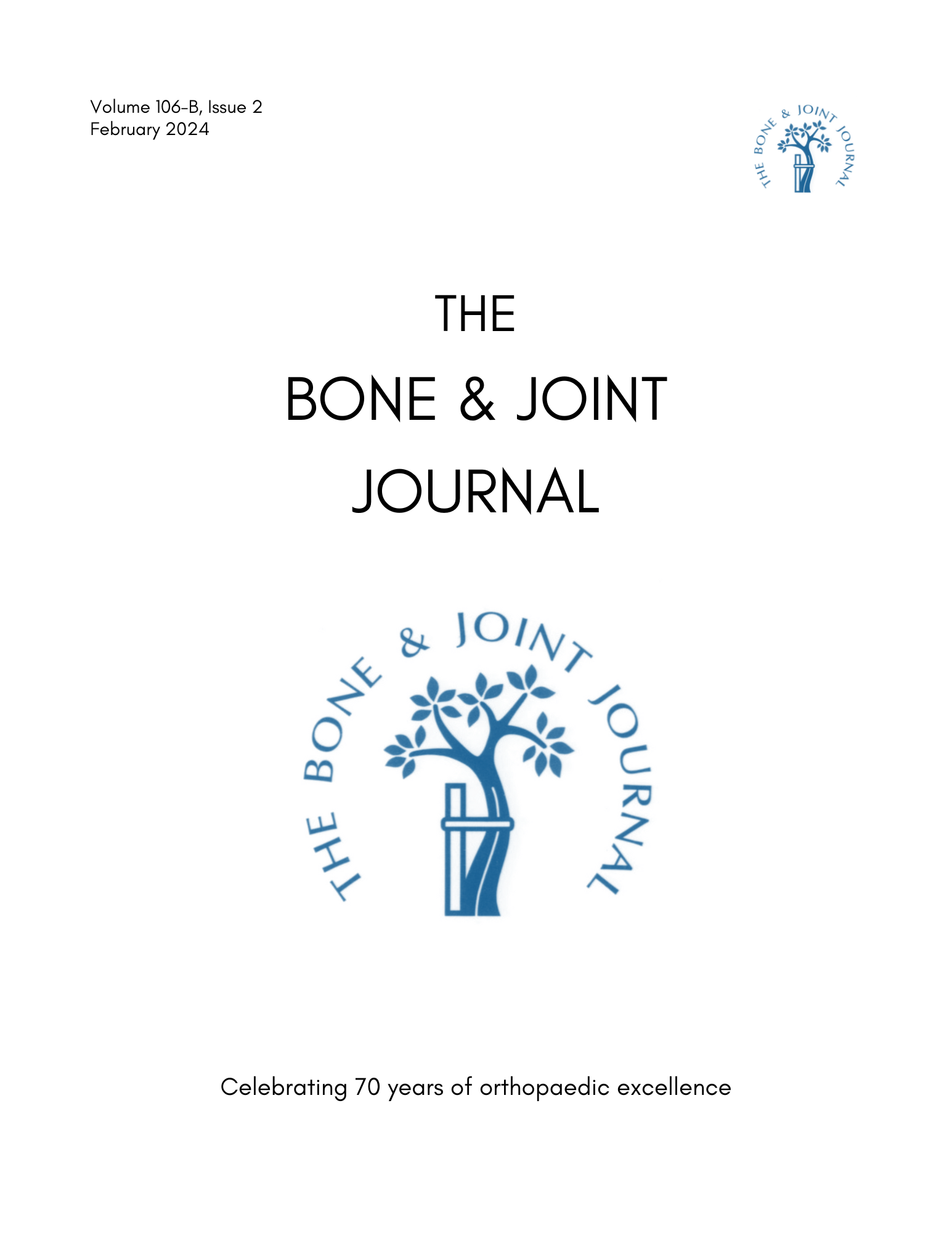
Periarticular corticosteroid injection improves outcome after unicondylar knee replacement

Periarticular corticosteroid injection improves outcome after unicondylar knee replacement
Peri-articular steroid injection improves the outcome after unicondylar knee replacement- A PROSPECTIVE, RANDOMISED CONTROLLED TRIAL WITH A TWO-YEAR FOLLOW-UP
J Bone Joint Surg Br. 2008 Jun;90(6):738-44Did you know you're eligible to earn 0.5 CME credits for reading this report? Click Here
Synopsis
90 patients undergoing medial unicondylar knee replacement (UKR) were randomized to receive a peri-articular injection of a mixture containing bupivacaine and epinephrine with or without a corticosteroid intraoperatively. The peri-articular injection containing the corticosteroid improved pain relief at 12,18 and 24 hours and allowed for rehabilitation benefits with no increase in the risk of infections.
Was the allocation sequence adequately generated?
Was allocation adequately concealed?
Blinding Treatment Providers: Was knowledge of the allocated interventions adequately prevented?
Blinding Outcome Assessors: Was knowledge of the allocated interventions adequately prevented?
Blinding Patients: Was knowledge of the allocated interventions adequately prevented?
Was loss to follow-up (missing outcome data) infrequent?
Are reports of the study free of suggestion of selective outcome reporting?
Were outcomes objective, patient-important and assessed in a manner to limit bias (ie. duplicate assessors, Independent assessors)?
Was the sample size sufficiently large to assure a balance of prognosis and sufficiently large number of outcome events?
Was investigator expertise/experience with both treatment and control techniques likely the same (ie.were criteria for surgeon participation/expertise provided)?
Yes = 1
Uncertain = 0.5
Not Relevant = 0
No = 0
The Reporting Criteria Assessment evaluates the transparency with which authors report the methodological and trial characteristics of the trial within the publication. The assessment is divided into five categories which are presented below.
4/4
Randomization
3/4
Outcome Measurements
4/4
Inclusion / Exclusion
4/4
Therapy Description
3/4
Statistics
Detsky AS, Naylor CD, O'Rourke K, McGeer AJ, L'Abbé KA. J Clin Epidemiol. 1992;45:255-65
The Fragility Index is a tool that aids in the interpretation of significant findings, providing a measure of strength for a result. The Fragility Index represents the number of consecutive events that need to be added to a dichotomous outcome to make the finding no longer significant. A small number represents a weaker finding and a large number represents a stronger finding.
Why was this study needed now?
Local injection of corticosteroids has been used extensively in chronic, inflammatory or painful musculoskeletal tissues and joints, without the impairment of wound healing or any overt complications. As meticulous management of post-operative pain is required for effective rehabilitation after knee arthroplasty, corticosteroids may be a possible treatment option as a part of a multimodal analgesic regime. Thus, this study aimed to evaluate the safety and efficacy of a peri-articular steroid injection for pain control following unicondylar knee replacement for medial compartment arthritis.
What was the principal research question?
Is an intraoperative peri-articular injection of triamcinolone acetonide in patients undergoing medial unicondylar knee replacement a safe and effective option for improving clinical outcomes?
What were the important findings?
- Preoperative clinical details were similar between both groups (p>0.05)
- Study group reported a significant reduction in pain (p=0.014 at 12 hours, p=0.031 at 18 hours and p=0.031 at 24 hours)
- Mean morphine consumption was less in the study group compared to control group in the initial 24 hours
- Study group had a better range of movement than the control group during early follow-ups and this was continued at the 3 month time point (p=0.023)
- The study group had a significantly lower mean decrease in haemoglobin level (p=0.028)
- Study group was able to perform a SLR significantly earlier than the control group (p=0.019)
- There were no significant differences in the rates of infection (p=0.382) and no incidence of tendon rupture in either of the groups
What should I remember most?
The intraoperative peri-articular injection of a mixture of corticosteroid, bupivacaine and epinephrine during unicondylar knee replacement surgery provided improved pain relief and quicker rehabilitation benefits with no increase in the risk of infections.
How will this affect the care of my patients?
Triamcinolone may be a valuable component for the peri-articular infiltration along with the standard local anesthetics for better post-operative analgesia in the short term and overall rehabilitation in the long term. Future trials should involve larger sample sizes for further evaluation and validation of these findings.
Learn about our AI Driven
High Impact Search Feature
Our AI driven High Impact metric calculates the impact an article will have by considering both the publishing journal and the content of the article itself. Built using the latest advances in natural language processing, OE High Impact predicts an article’s future number of citations better than impact factor alone.
Continue



 LOGIN
LOGIN

Join the Conversation
Please Login or Join to leave comments.